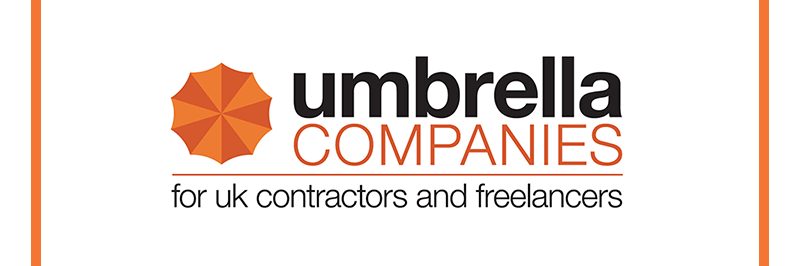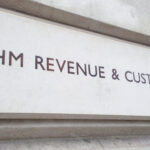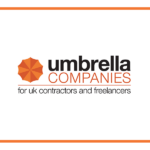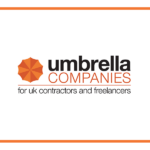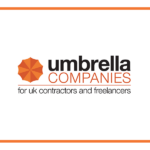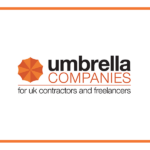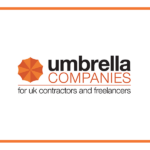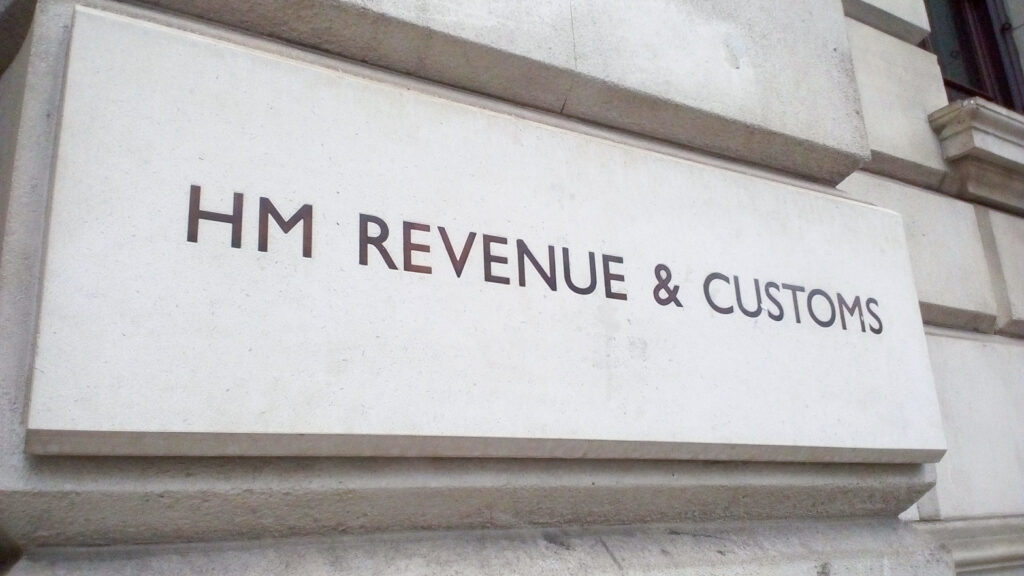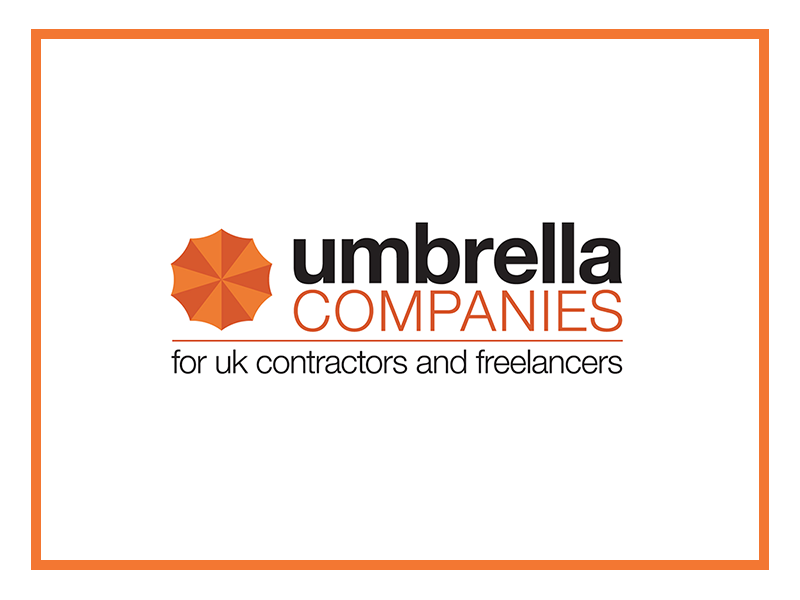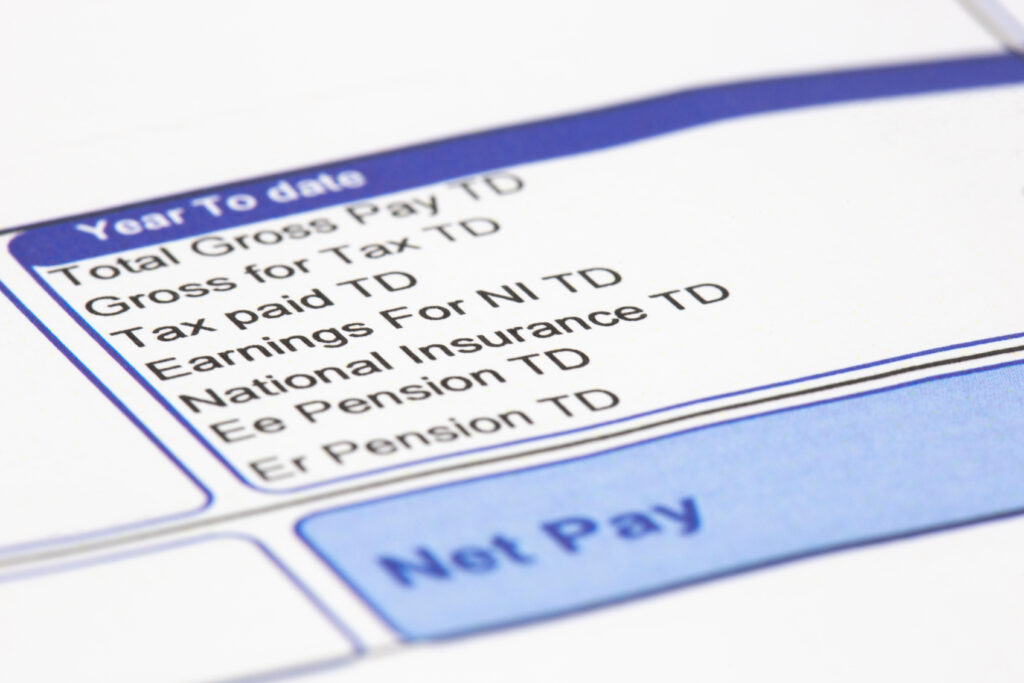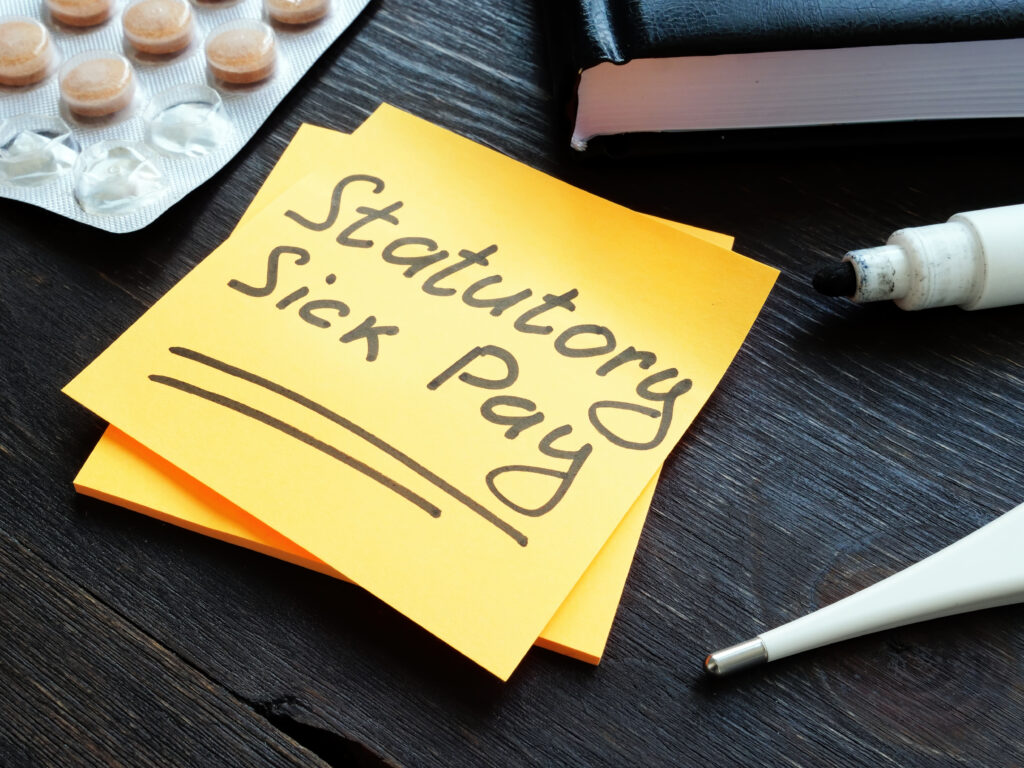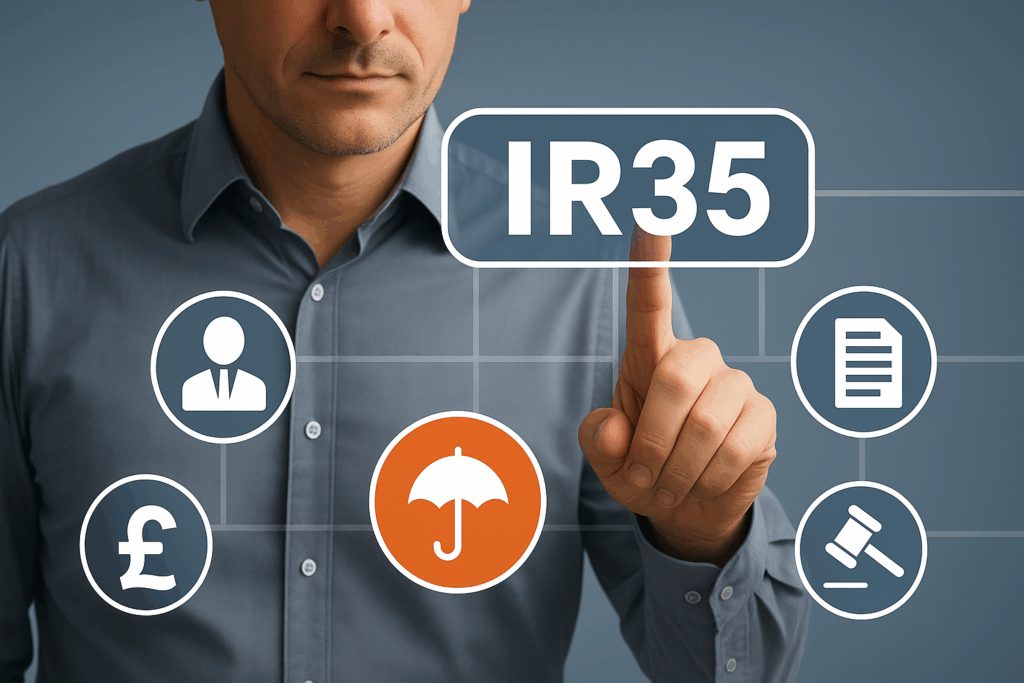Before registering with an umbrella company, requesting a tailored take-home pay calculation to compare projected weekly or monthly earnings between different providers is a good idea. Our latest article explains why umbrella company illustrations differ between providers and what to look out for when comparing umbrella company calculations.
Tax code
The tax code used to generate the take-home pay illustration will affect the net amount you are projected to earn each week or month. Most umbrella companies in the UK will use a 1257L tax code, which gives you a personal tax-free allowance of £12,570 for the 2024/25 tax year. This is because 1257L is the tax code currently used for most people who have one job or pension. If you are on a different tax code or are a Scottish or Welsh taxpayer, always notify the umbrella company, as they can change the tax code in the calculation to provide a more accurate take-home pay illustration.
When comparing umbrella company illustrations, it’s essential to ensure the calculations use the same tax code to accurately represent your take-home pay. Some umbrella companies will use misleading and unethical tactics, such as changing the tax code to reduce the contractors’ liability and increase their take-home pay. Always ask what tax code has been used if it is not shown in the illustration.
Tax deductions
All compliant umbrella companies in the UK will make the same tax deductions to your pay, and HMRC sets the amount they must deduct. When you request an illustration from an umbrella company, it should clearly show all the deductions that will be made to your pay. An umbrella company illustration should include the following information.
The assignment rate
The assignment rate is the amount the umbrella company will receive from your recruitment agency or end client. It includes your gross rate of pay and the uplift to cover the employment costs. In an illustration, the assignment rate may also be referred to as company income. The following deductions will be taken from the assignment rate:
- Margin – weekly or monthly
- Employers National Insurance – 13.8%
- Apprenticeship levy – 0.5%
- Employers’ pension deductions (if you do not opt out of the workplace pension scheme) – 3%
Gross rate of pay
An umbrella company illustration will also show the personal tax deductions that will be made to your gross rate of pay. The amount of Income Tax and Employee National Insurance Contributions you will pay will depend on the amount you earn. The 2024/25 income tax rates are:
- The basic tax rate of 20% is applied to earnings up to £37,700
- The higher tax rate of 40% is applied to earnings from £37,701 to £125,140
- The additional tax rate of 45% is applied to earnings above £125,140
Employees National Insurance rates for the 2024/25 tax year are:
- 8% on earnings above the primary threshold of £12,570 per year to the upper earnings limit
- 2% on earnings above the upper earnings limit of £50,270 per year
If you decide to use the umbrella company’s workplace pension scheme, employee pension deductions of 5% will be deducted from your pay. If you would like to use the workplace pension scheme, always ask for pension deductions to be included in the illustration to see how this will affect your take-home pay. If you are repaying a student loan, always ask for this to be included in the illustration to ensure you receive an accurate take-home pay illustration.
Please visit the government’s website for more information about getting paid via an umbrella company and the deductions that will be made to your pay.
Holiday pay
Under the Working Time Regulations 1998, workers (including most agency, part-time, and zero-hours workers) have the right to at least 5.6 weeks/28 days of paid leave each year. Umbrella companies calculate holiday pay as 12.07% of your taxable pay. Contractors using an umbrella company can have their holiday pay paid in advance (also referred to as ‘rolled-up’) or accrued. If you decide to have it paid in advance, your holiday pay entitlement is paid to you each time you are paid alongside your regular salary. This means you are always up-to-date with your holiday entitlement. Alternatively, you can choose to accrue your holiday pay and have it paid to you in a lump sum at a later date. Always ensure that your calculation includes holiday pay, so you know how much you can expect to receive.
Pension
All employers in the UK are required to provide and enrol their employees on a workplace pension scheme. This is called automatic enrolment. You do not have to use the umbrella company’s workplace pension scheme and can opt out once you have been enrolled. Not all umbrella companies include pension deductions in their take-home pay illustrations. If you are considering using the umbrella company pension scheme, always ask them to include pension deductions in the calculations to give you a more accurate idea of how much will be deducted and how this will affect your take-home pay.
Apprenticeship levy
The apprenticeship levy is a tax that UK employers with a payroll of more than £3 million must pay to fund new apprenticeships. The apprenticeship levy is a flat rate of 0.5% of their annual wage bill. The annual wage bill is the total amount of all payments made to workers (including contractors working inside IR35) that are paid via PAYE and subject to Class 1 National Insurance Contributions. Most umbrella companies will likely have payrolls greater than £3 million as they employ and payroll hundreds of contractors each week – therefore meeting the criteria for the apprenticeship levy.
The apprenticeship levy is an employment cost which is deducted from the assignment rate. Before accepting a contract, always make sure that a sufficient uplift has been given and that you are satisfied with the amount you will receive for the assignment.
Gross v net margin
The only thing that will differ between compliant umbrella companies and the deductions they make is the margin. The other deductions made to a temporary worker’s pay are tax deductions or deductions required by law, which are paid directly to the required government body or HMRC. However, when comparing umbrella companies, it’s important to consider whether they are quoting you the gross or net margin.
The gross margin is taken before tax deductions, and the net margin is the actual amount of your take-home pay you’ll have deducted. The net margin is usually a couple of pounds less than the gross amount. Some umbrella companies will quote their margin net of tax whereas others will quote the gross margin. When comparing providers, it’s important to compare like-for-like to ensure you have an accurate idea of your take-home pay and how it will differ between different umbrella companies.
The abatement
The abatement of personal allowance occurs when your income exceeds £100,000, and higher earners will begin to lose their personal allowance by £1 for every £2 over the £100,000 threshold. Your personal allowance is completely abolished once your taxable salary surpasses £125,000. Some providers will give you a larger predicted take-home pay because they will not factor in the abatement when calculating your take-home pay. If you are above the threshold, the abatement will be applied to your pay regardless of what your illustration says. Therefore, if the abatement applies to you, always make sure the umbrella company has included it in your calculation.
Beware of tax avoidance schemes
If the umbrella company gives you an illustration that is too good to be true, take time to consider it and ask for full details about the deductions that will be made to your pay and where your payment is coming from. There are many tell-tale signs of a tax avoidance scheme, but most commonly, contractors will be offered a greater take-home pay retention (up to 90% in some cases) and are told they will receive part of their payment through a non-taxable loan or grant. However, these payments are the same as regular income and standard tax deductions should apply. If you engage with a tax avoidance scheme, you could end up owing thousands of pounds to HMRC in underpaid tax. For more information about how to spot avoidance scheme in 2024, please visit our blog.
You can check if you may be involved in a tax avoidance scheme or are about to use one by using the check if you are at risk of tax avoidance tool on the government’s website. You can also check HRMC’s list of named tax avoidance schemes, promoters, enablers and suppliers, which is updated regularly. This will tell you how to report the umbrella company and get help sorting out your taxes. It will also help you check that the provider you are considering using is not a tax avoidance scheme.
If you are currently using a tax avoidance scheme, you should contact HMRC as soon as possible for help getting out of the tax avoidance scheme and getting your tax affairs right.
Top 10 umbrella companies
If you are looking for an umbrella company you can trust, please visit our top 10 umbrella companies. They are all accredited by either the FCSA or Professional Passport, and some have special offers at the moment. If you’re interested in using an umbrella – request a take-home pay calculation and ask them about the different deductions and how their illustrations are calculated.
